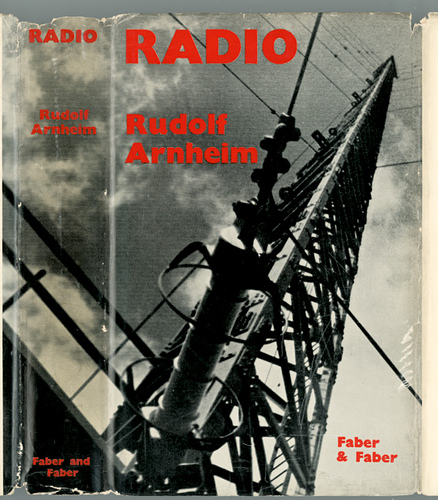Bob Snyder: Music and Memory: An Introduction (2001)
Filed under book | Tags: · cognition, memory, music, sound recording

This far-ranging book shows how human memory influences the organization of music. The book is divided into two parts. The first part presents basic ideas about memory and perception from cognitive psychology and, to some extent, cognitive linguistics. Topics include auditory processing, perception, and recognition. The second part describes in detail how the concepts from the first part are exemplified in music. The presentation is based on three levels of musical experience: event fusion (the formation of single musical events from acoustical vibrations in the air, on a time scale too small to exhibit rhythm), melody and rhythm, and form. The focus in the latter is on the psychological conditions necessary for making large-scale—that is, formal—boundaries clear in music rather than on traditional musical forms. The book also discusses the idea that much of the language used to describe musical structures and processes is metaphorical. It encourages readers to consider the possibility that the process of musical composition can be “a metaphorical transformation of their own experience into sound.”
The book also touches on unresolved debates about psychological musical universals, information theory, and the operation of neurons. It requires no formal musical training and contains a glossary and an appendix of listening examples.
Publisher MIT Press, 2001
ISBN 0262692376, 9780262692373
313 pages
Marjorie Perloff, Craig Dworkin (eds.): The Sound of Poetry / The Poetry of Sound (2009)
Filed under book | Tags: · avant-garde, language, poetry, sound poetry, sound recording, translation

“Sound—one of the central elements of poetry—finds itself all but ignored in the current discourse on lyric forms. The essays collected here by Marjorie Perloff and Craig Dworkin break that critical silence to readdress some of the fundamental connections between poetry and sound—connections that go far beyond traditional metrical studies.
Ranging from medieval Latin lyrics to a cyborg opera, sixteenth-century France to twentieth-century Brazil, romantic ballads to the contemporary avant-garde, the contributors to The Sound of Poetry/The Poetry of Sound explore such subjects as the translatability of lyric sound, the historical and cultural roles of rhyme, the role of sound repetition in novelistic prose, the connections between “sound poetry” and music, between the visual and the auditory, the role of the body in performance, and the impact of recording technologies on the lyric voice. Along the way, the essays take on the “ensemble discords” of Maurice Scève’s Délie, Ezra Pound’s use of “Chinese whispers,” the alchemical theology of Hugo Ball’s Dada performances, Jean Cocteau’s modernist radiophonics, and an intercultural account of the poetry reading as a kind of dubbing.
A genuinely comparatist study, The Sound of Poetry/The Poetry of Sound is designed to challenge current preconceptions about what Susan Howe has called “articulations of sound forms in time” as they have transformed the expanded poetic field of the twenty-first century.”
With contributions by Marjorie Perloff, Craig Dworkin, Susan Stewart, Leevi Lehto, Yunte Huang, Rosmarie Waldrop, Richard Sieburth, Gordana P. Crnković, Steve McCaffery, Christian Bök, Charles Bernstein, Hélène Aji, Yoko Tawada, Susan Howe, Rubén Gallo, Antonio Sergio Bessa, Johanna Drucker, Ming-Qian Ma, Brian M. Reed, Kenneth Goldsmith
Publisher University of Chicago Press, 2009
ISBN 0226657434, 9780226657431
352 pages
PDF, PDF (updated on 2018-8-12)
Comment (0)Rudolf Arnheim: Radio: An Art of Sound (1936/1971)
Filed under book | Tags: · film, listening, public broadcasting, radio, sound recording, voice

“Arnheim treats all aspects of sound. He explores words and music as kinds of sounds; discusses direction and distance, spatial resonance, sequence and juxtaposition in radio sound; makes comparisons between sound film and radio techniques and effects; and details the benefits of imagination with sound from a creative and emotional point of view. The art of announcing, the psychology of the listener, and two generalized discussions of radio around the world, and the prospects for television are covered in the last chapters.”
Translated by Margaret Ludwig and Herbert Read
First published by Faber and Faber, London, 1936
Publisher Arno Press, New York, 1971
287 pages

